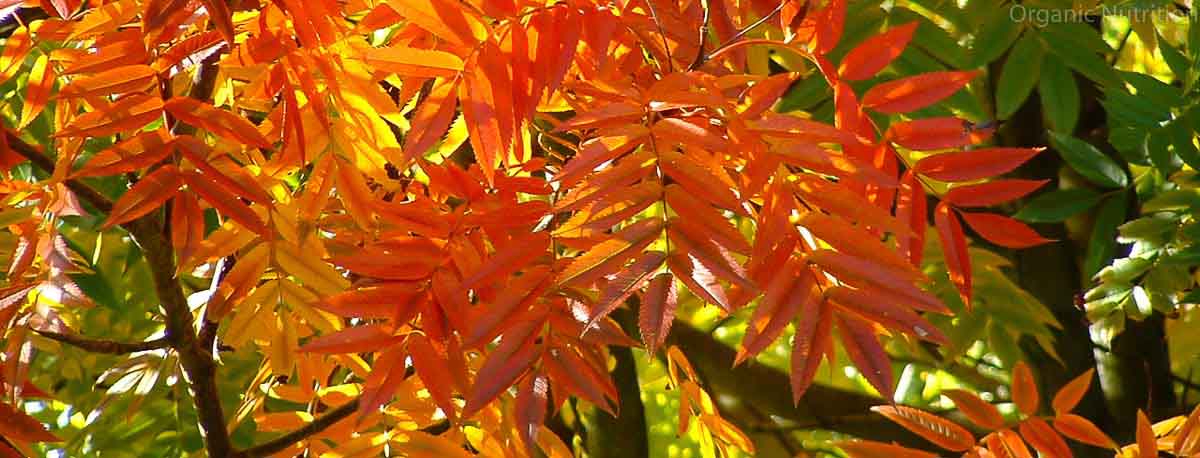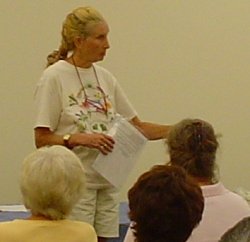What causes varicose veins and what treatments are there?
Blood circulation problems and deteriorating valves inside veins can lead to a condition called varicose veins. The word "varicose" means something abnormally swollen. Here is some information about this to help you:
What are Veins ?
Veins are a type of blood vessel and form a major part of the circulatory system. The circulation is responsible for the transportation of nutrients, blood, hormones, and other important substances to and from cells. Our blood vessels include arteries, veins and capillaries and are responsible for transporting blood throughout the body. The word ‘vein’ in fact comes from the Latin ‘vena’ for ‘blood vessel.’
Blood Vessels
Arteries, veins and capillaries are the 3 types of blood vessels we have that carry oxygen to all the cells of the body. As we breathe in oxygen through our lungs, the blood transports oxygen from the lungs all the cells of the body. Arteries carry oxygen-rich blood away from the heart to all parts of the body. The cells receive oxygen from the blood and send their waste products, mainly carbon dioxide, back to the heart and lungs where it is exhaled and then more oxygen is inhaled again and so the cycle goes.
The word ‘artery’ comes from the Greek word “arteria” which means “windpipe.”
Arteries branch off into smaller vessels, which eventually run into a network of capillary vessels. These supply the surrounding cells with water, oxygen and many other nutrients. From here, the capillary network then sends the cell’s waste products – carbon dioxide and waste products back into venules which are smaller branches of veins which then carry these products back up to the heart and out through the lungs for exhalation.
The differences between Arteries, Veins and Capillaries
A good comparison when thinking of how blood vessels work is imagining roads. An artery or vein can be likened to a motorway which is a high speed road connecting towns.
Motorways branch off into main roads or A" roads, which can be likened to arterioles or venules.
The smaller "B" roads are like the capillary network in the human body.
With the large arteries & veins, the smaller arterioles and venules and the network of capillaries, blood is transported around the whole body, reaching all the cells and tissues.

More about Capillaries
Capillaries are tiny blood vessels that pass blood from the arteries into the veins. They are very small, with very thin walls allowing materials to pass into the capillaries. Primarily, however, the capillaries are able to profuse the tissues of the body with needed oxygen and important nutrients supplied by blood.
The main functions of the capillaries is to exchange oxygen, carbon dioxide, water, salts, etc., between the blood and the surrounding body tissues. There is a vast network of capillaries around the body. Capillaries supply oxygen and proteins to organs and help to remove waste products.
The word “capillary” is from the Latin “capillus” meaning "hair."
What are Varicose Veins ?
Veins are the blood vessels that transport blood Varicose veins are veins, which have increased in size and width to become swollen and knotted. The swelling in the veins will often cause them to discolour making them blue or dark purple in colour. They look raised or lumpy in appearance. The word varicose comes from a Latin word ‘varix’ that literally means ‘swollen vein.’
Varicose veins are most commonly found in the legs & feet but can develop also in other parts of the body. They are a relatively common condition which often affect women more than men.
How does one get Varicose Veins ?
Veins carry blood towards the heart. Inside the veins are a series of valves that prevents the blood from flowing backwards. Varicose veins can start to develop when these valves stop working properly. When the valves weaken or are damaged, blood can start to flow backwards and can collect in the vein at various points, eventually causing it to be varicose (swollen and enlarged).
Prolonged standing or sitting in the same position for long periods can cause stress on these vein valves.
An accumulation of inorganic (not made by living organisms) calcium deposits in the veins can also cause varicose veins. These calcium deposits can prevent blood flow by blocking the blood's upward movement like a dam, forcing the veins to bulge outwards near the skins surface.

At what age do Varicose Veins tend to appear?
Usually, varicose veins can be found in people as early as 18, but they peak between 50 and 60 years. When we get older, the elastic cover of the vein weakens causing the veins to dilate.
Varicose veins occur in both men and women but are found more frequently in women.
Natural foods that may help with healthy veins:
- Raw garlic – may help to dissolve deposits of both inorganic calcium and cholesterol, allowing the blood to flow freely.
- Fresh parsley
- Dark greens such as spinach
- Dark fruits such as cherries and blueberries and grapes and dark chocolate are all good sources of these antioxidants.
- Spinach - not only provides bio-flavonoids and tannins. Tannins help to tighten and strengthen the tissue of the veins in the way that they are also used to "tan" leather.
- Avocados
- Olive oil & sunflower oil
- Flaxseed
- Citrus fruits
- Leafy, green vegetables
- Foods high in fibre - beans, whole grains, carrots, beetroot's
- Fresh water
- Low fat foods
- Superfood

